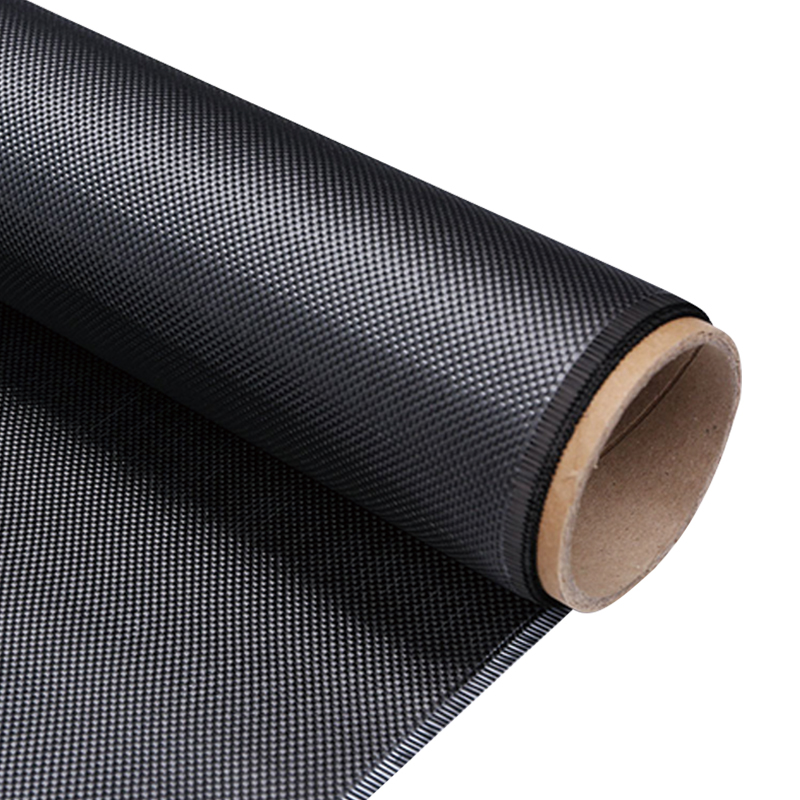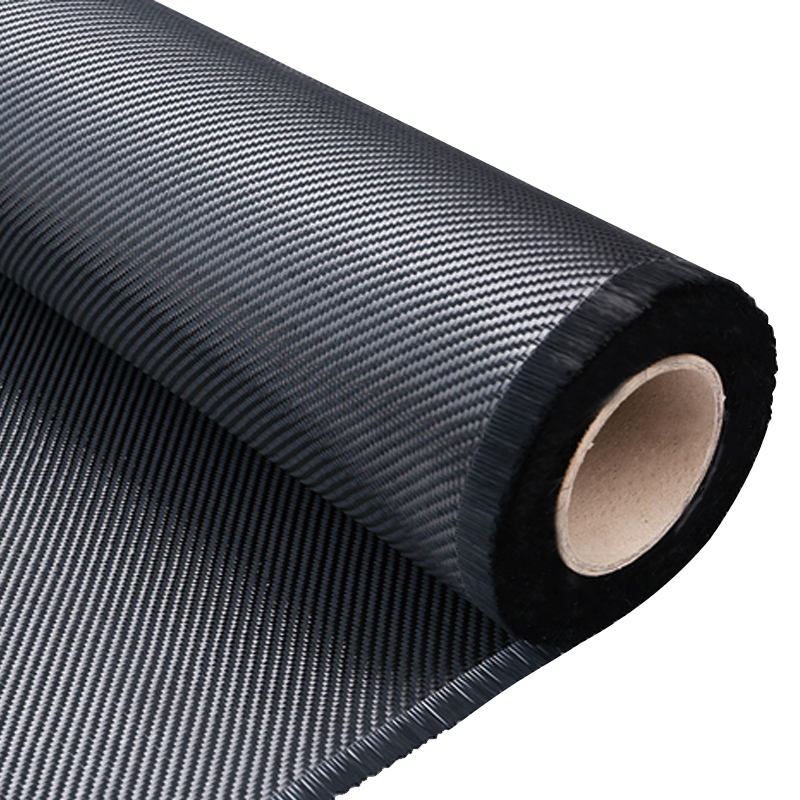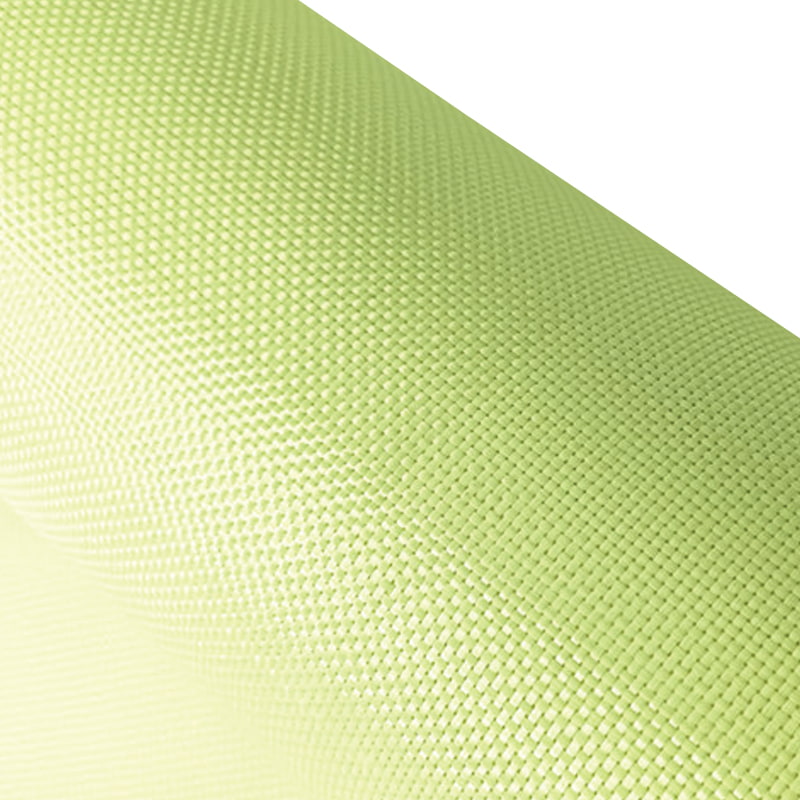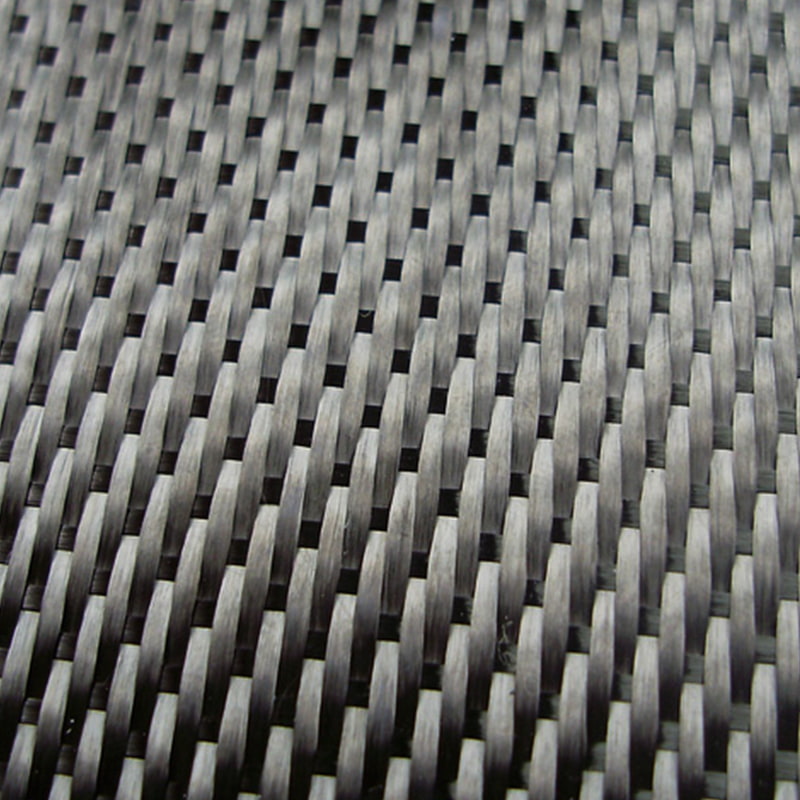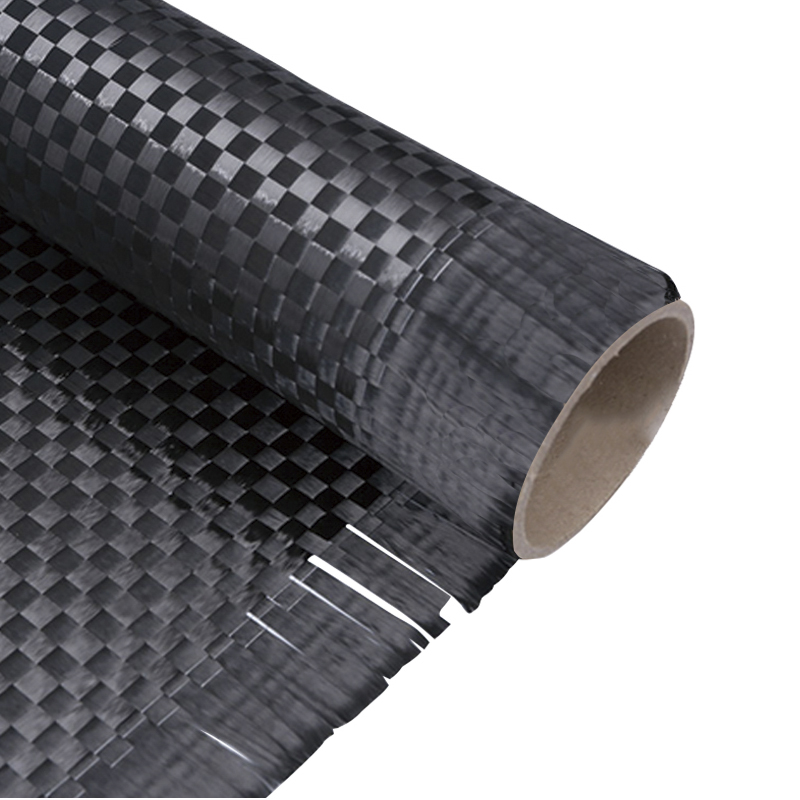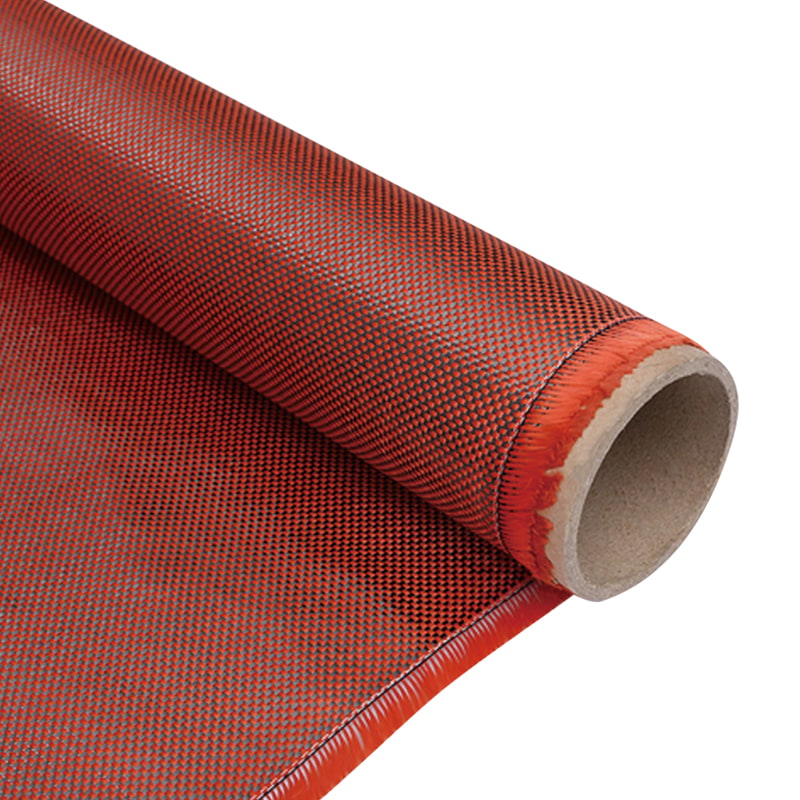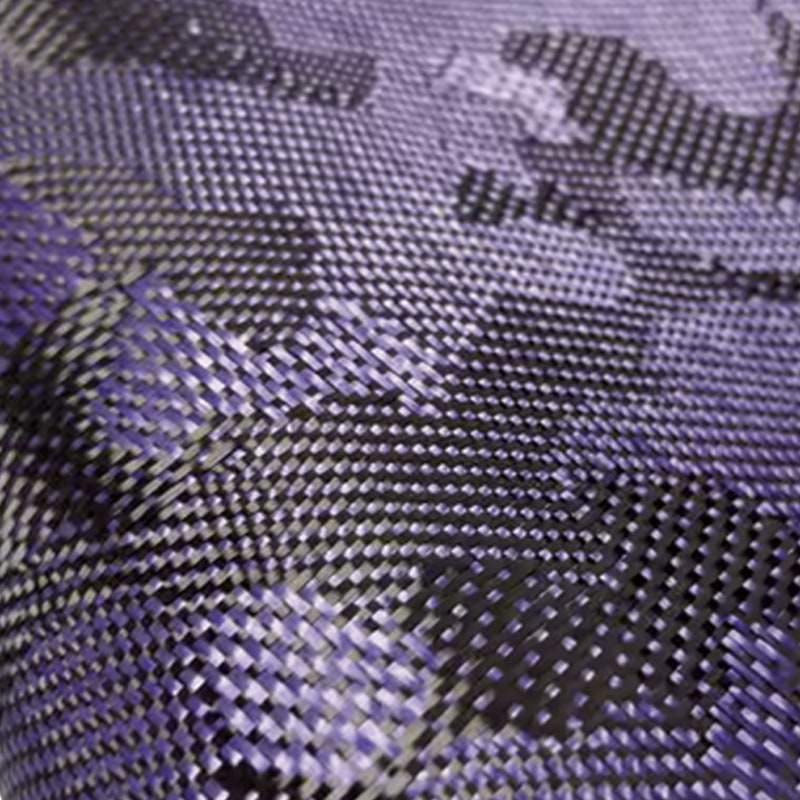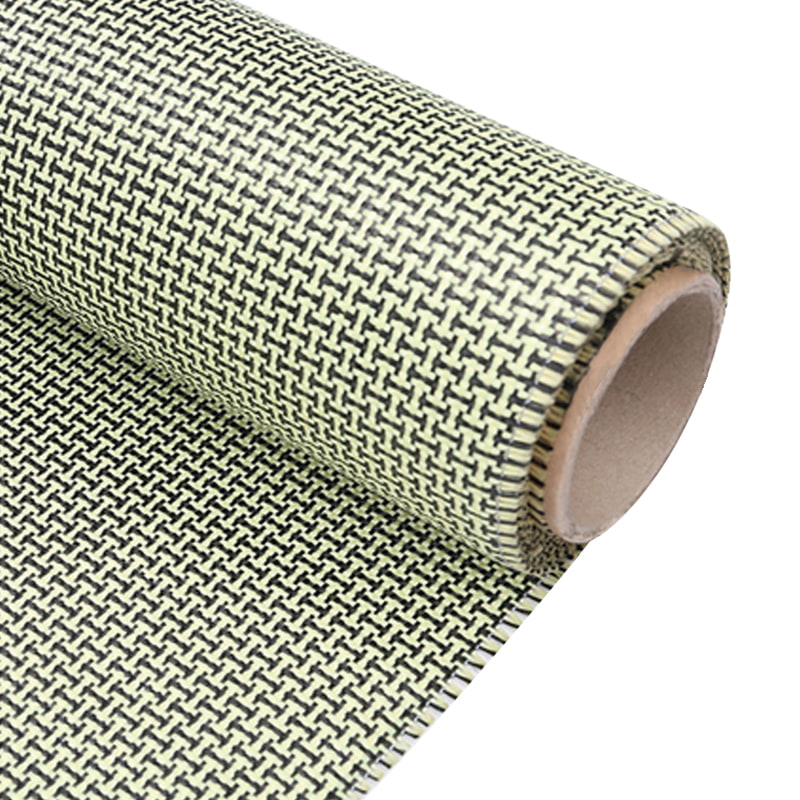- 1 Understanding Aramid Woven Fabric and Its Unique Characteristics
- 2 Heat Resistant Aramid Fabric for Extreme Temperature Applications
- 3 Lightweight Aramid Textile Solutions for Demanding Industries
- 4 Cut Resistant Aramid Material for Enhanced Safety
- 5 Flame Retardant Woven Fabric for Fire Safety Applications
- 6 Bulletproof Aramid Cloth for Ballistic Protection
- 7 Future Developments in Aramid Woven Fabric Technology
Understanding Aramid Woven Fabric and Its Unique Characteristics
Aramid woven fabric represents a class of high-performance materials that have revolutionized various industries due to their exceptional properties. Derived from aromatic polyamide fibers, these fabrics combine lightweight characteristics with incredible strength and heat resistance. The weaving process enhances these inherent properties, creating materials that outperform traditional textiles in demanding applications.
High Temperature Resistant And Flame Resistant Aramid Woven Fabric
What Makes Aramid Woven Fabric Special?
The molecular structure of aramid fibers gives them unique characteristics that are preserved and enhanced through the weaving process. Unlike conventional fabrics, aramid woven fabric maintains its integrity under extreme conditions that would destroy most other materials. The key properties include:
- Exceptional tensile strength (5-6 times stronger than steel weight-for-weight)
- Outstanding thermal stability (doesn't melt or ignite easily)
- Excellent resistance to abrasion and cutting
- Good chemical resistance to many solvents and oils
- Low electrical conductivity
The Manufacturing Process of Aramid Woven Fabric
The production of high-quality aramid woven fabric involves several precise steps that ensure consistent performance characteristics. The process begins with the creation of aramid polymer, which is then spun into fibers through a dry-jet wet spinning technique. These fibers are then woven using specialized looms that maintain tension control crucial for achieving optimal fabric properties.
Heat Resistant Aramid Fabric for Extreme Temperature Applications
One of the most valuable properties of heat resistant aramid fabric is its ability to maintain structural integrity at temperatures where most materials would fail. This characteristic makes it indispensable in numerous high-temperature environments across multiple industries.
Temperature Performance Comparison
When comparing heat resistant aramid fabric to other common materials, its superiority in high-temperature environments becomes evident:
| Material | Continuous Use Temperature | Melting Point | Flammability |
|---|---|---|---|
| Aramid Woven Fabric | 400°F (204°C) | Doesn't melt | Self-extinguishing |
| Nylon | 250°F (121°C) | 428°F (220°C) | Melts and burns |
| Polyester | 300°F (149°C) | 482°F (250°C) | Melts and burns |
| Cotton | 250°F (121°C) | Decomposes | Highly flammable |
Applications of Heat Resistant Aramid Fabric
The exceptional thermal properties of aramid woven fabrics make them suitable for numerous demanding applications:
- Protective clothing for firefighters and industrial workers
- Thermal insulation in aerospace applications
- Heat shields in automotive and racing industries
- High-temperature filtration systems
- Electrical insulation in high-temperature environments
Lightweight Aramid Textile Solutions for Demanding Industries
The combination of low weight and high performance makes lightweight aramid textile products particularly valuable in industries where every gram counts but safety cannot be compromised. This section explores why aramid fabrics have become the material of choice for weight-critical applications.
Weight-to-Strength Ratio Advantages
When evaluating materials for weight-sensitive applications, lightweight aramid textile consistently outperforms alternatives. Consider these comparisons:
- Aramid fabric offers 5 times the tensile strength of steel at 20% of the weight
- Compared to fiberglass, aramid provides similar strength at 50% of the weight
- Versus carbon fiber, aramid offers better impact resistance at comparable weights
Industry-Specific Benefits of Lightweight Aramid
The aviation and aerospace sectors particularly benefit from lightweight aramid textile solutions. Every kilogram reduced in aircraft weight translates to significant fuel savings over the life of the vehicle. Similarly, in personal protective equipment, lighter materials reduce wearer fatigue without compromising safety.
Cut Resistant Aramid Material for Enhanced Safety
The exceptional resistance to cutting and abrasion makes cut resistant aramid material a preferred choice for personal protective equipment and industrial applications where sharp objects pose significant hazards.
Mechanisms of Cut Resistance
Cut resistant aramid material achieves its protection through several unique mechanisms:
- High fiber tensile strength resists initial cutting force
- Energy absorption through fiber deformation
- Fiber mobility distributes cutting forces across wider areas
- Fiber-to-fiber friction provides additional resistance
Performance Standards and Testing
Various international standards measure the effectiveness of cut resistant aramid material. The ANSI/ISEA 105-2016 standard, for instance, classifies materials from Level A1 (lowest protection) to Level A9 (highest protection). High-quality aramid fabrics typically achieve levels A4 to A7 depending on construction and weight.
Flame Retardant Woven Fabric for Fire Safety Applications
As a naturally flame retardant woven fabric, aramid materials provide inherent fire protection without chemical treatments that can wash out or degrade over time. This intrinsic property makes them reliable for long-term use in fire-prone environments.
Fire Performance Characteristics
The fire-resistant properties of flame retardant woven fabric made from aramid fibers include:
- High Limiting Oxygen Index (LOI) of 28-30, meaning it requires higher oxygen concentration to burn than atmospheric levels
- Self-extinguishing when ignition source is removed
- Minimal smoke and toxic gas emission when exposed to flame
- No melting or dripping behavior
Bulletproof Aramid Cloth for Ballistic Protection
While the term "bulletproof" is technically inaccurate (no material is completely proof against all projectiles), bulletproof aramid cloth provides exceptional ballistic protection when properly engineered into armor systems.
How Aramid Stops Projectiles
Bulletproof aramid cloth works through several energy-absorbing mechanisms:
- Fibers absorb and distribute impact energy through deformation
- Multiple layers progressively slow the projectile
- Fiber elasticity helps capture the projectile without complete penetration
- High tensile strength prevents immediate fiber failure
Ballistic Protection Levels
Different configurations of bulletproof aramid cloth can meet various protection standards:
| Protection Level | Threat Stopped | Typical Layers Required |
|---|---|---|
| NIJ Level IIA | 9mm FMJ RN | 15-20 |
| NIJ Level II | .357 Magnum JSP | 20-25 |
| NIJ Level IIIA | .44 Magnum SJHP | 30-36 |
Future Developments in Aramid Woven Fabric Technology
Research continues to enhance the capabilities of aramid woven fabrics, with several promising directions emerging in material science and textile engineering.
Hybrid Fabric Combinations
Combining aramid with other high-performance fibers creates materials with complementary properties. Some promising combinations include:
- Aramid/carbon fiber hybrids for improved stiffness
- Aramid/ultra-high-molecular-weight polyethylene blends for enhanced ballistic performance
- Aramid/glass fiber combinations for cost-sensitive applications
Nanotechnology Enhancements
The incorporation of nanomaterials into aramid woven fabric structures promises to further improve their already impressive characteristics. Potential enhancements include:
- Carbon nanotube integration for improved thermal conductivity
- Graphene coatings for enhanced cut resistance
- Nanoparticle treatments for improved chemical resistance
 English
English  中文简体
中文简体 عربى
عربى Tiếng Việt
Tiếng Việt

